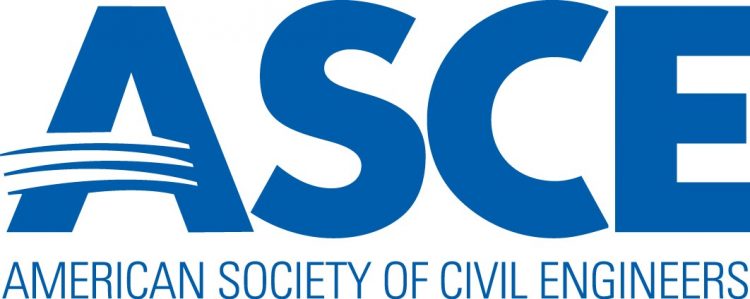New Addition to the ASCE/SEI 7-22 Standard Protects Buildings from a 500-Year Flood Event

Update to the flood loads chapter complements ASCE 7 focus on hazard resilience for communities
Reston, VA — The American Society of Civil Engineers (ASCE) released a new update to their most widely used standard today, ASCE/SEI 7-22 Minimum Design Loads and Associated Criteria for Building and Other Structures. As the increasing frequency of severe storms puts strain on communities across the globe, the design standard’s new flood load provisions will protect against 500-year flood events, which is a significant improvement to the 100-year flood hazard referenced in the previous version. The update — which is available in a supplement as a free download — is a significant revision of the design provisions in Chapter 5 to strengthen building resilience against the flood hazard. The ASCE 7 national loading standard is an integral part of building codes in the United States and around the globe.
“For more than 30 years, the ASCE 7 standard has been the authoritative source for the specification of minimum design loads and related criteria in the civil engineering community,” said Tom Smith, ASCE Executive Director. “To ensure structures continue to be safe for the public, it is imperative that the standards we rely on are updated to account for emerging risks to the built environment. This Supplement is the most significant change to the standard’s flood load provisions since the inception of ASCE 7 and will improve the safety and reliability of structures across the globe.”
“ASCE continuously seeks to update its standards using the latest scientific and engineering knowledge, to assure the standards remain relevant to society’s needs and an appropriate basis for design and construction” said Ronald Hamburger, P.E., S.E., F.SEI, Senior Principal with Simpson Gumpertz & Heger, Inc., and chair of the ASCE 7-22 committee. “Proper implementation of the Supplement to ASCE 7-22’s Chapter 5 is a dramatic change to the current standard but will help residents and businesses feel secure despite weather-driven challenges.”
The primary technical updates relative to climate impacts include a new requirement tying flood hazard mitigation design to Risk Category, which is consistent with other environmental hazards in ASCE 7. There are four categories from which a building designer can select based on the intended use of the structure, ranging from the least risk to human life in the event of failure in Risk Category I structures to the greatest risk to human life in the event of failure in Risk Category IV structures. The new provisions require Risk Category II structures and above to use the 500-year floodplain to determine flood loads. Risk Category II structures, the most commonly used category, include one- and two-family buildings, low to medium occupancy businesses, or recreational facilities. Risk Category I structures, including agricultural buildings such as barns and sheds, could still follow 100-year flood provisions.
The Supplement also introduces a new requirement for relative sea level change as it relates to each individual structure. The sea level rise estimated over the service life of the structure must be added to the design’s flood mitigation plans.
“FEMA’s Building Science Branch has a long history of working with various partners on voluntary consensus standards,” said John Ingargiola, Lead Physical Scientist, FEMA. “The new supplement is consistent with observations made over decades of post-disaster building performance studies and the revisions provide a more comprehensive picture of the country’s flood hazards.
“The new flood loads chapter also aligns with FEMA’s Building Codes Strategy that aims to drive public action on building codes and standards for superior building performance. It also addresses the president’s National Initiative to Advance Building Codes that emphasizes boosting resilience to climate impacts. The supplement moves flood design into closer alignment with the probabilistic approach used for other loading conditions in today’s consensus standards.”
To download the supplement, visit https://ascelibrary.org/doi/10.1061/9780784415788.sup2.
To subscribe to the ASCE 7 Online digital platform, visit https://asce7.online
ABOUT THE AMERICAN SOCIETY OF CIVIL ENGINEERS
Founded in 1852, the American Society of Civil Engineers represents more than 150,000 civil engineers worldwide and is America’s oldest national engineering society. ASCE works to raise awareness of the need to maintain and modernize the nation’s infrastructure using sustainable and resilient practices, advocates for increasing and optimizing investment in infrastructure, and improve engineering knowledge and competency. For more information, visit www.asce.org or www.infrastructurereportcard.org and follow us on Twitter, @ASCETweets and @ASCEGovRel.


